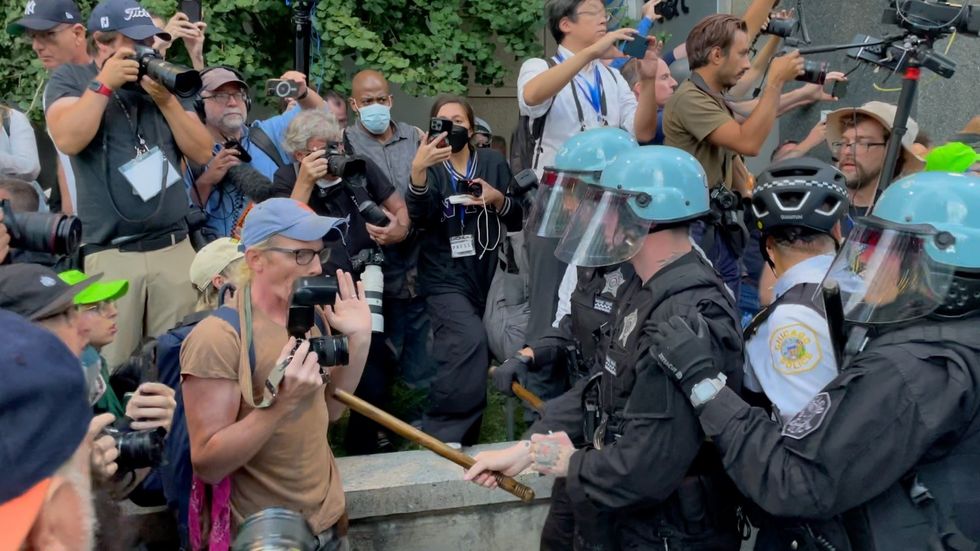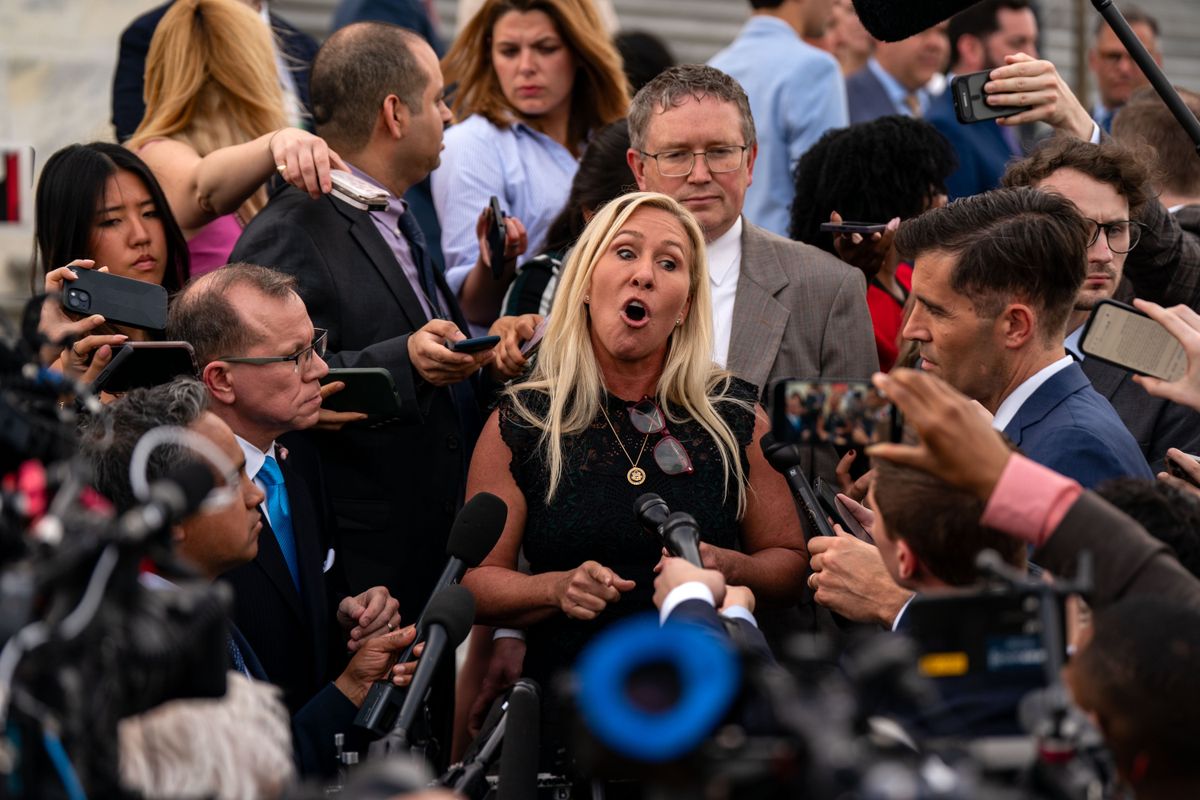Terry L. Jones, Floodlight News
August 24, 2024

Judge with Gavel (Shutterstock)
The U.S. District Court for the Western District of Louisiana this week issued a permanent injunction that prevents the U.S. Environmental Protection Agency and the Department of Justice from using Title VI of the Civil Rights Act to control how Louisiana regulates polluting facilities.
Judge James Cain’s ruling solidifies his earlier decision in January, which blocked EPA from imposing or enforcing so-called disparate impact-based requirements in its permitting decisions. In the earlier decision, Cain wrote that “pollution does not discriminate,” and that if a regulating authority had to consider race in its enforcement decision making, it will “indeed participate in racism.”
Cain is federal court appointee of former President Donald Trump.
EarthJustice, a nonprofit environmental law organization, said the court’s ruling is a significant setback for civil rights and environmental justice in Louisiana. EarthJustice’s Patrice Simms said it could embolden other states to seek similar exceptions and discourage other federal agencies from implementing civil rights enforcement.
“Louisiana has given industrial polluters open license to poison Black and brown communities for generations, only to now have one court give it a permanent free pass to abandon its responsibilities,” Simms, EarthJustice vice president for healthy communities, said in a statement. “Louisiana’s residents, its environmental justice communities, deserve the same Title VI protections as the rest of the nation.”
The EPA responded with a short statement saying the agency and DOJ would remain committed to enforcing civil rights law, consistent with the court’s order.
The ruling comes the same week the EPA unveiled new Title VI guidance aimed at ensuring state and local governments receiving federal funding put safeguards in place that prevent discrimination in their programs and activities. Officials at EarthJustice said that guidance still applies in Louisiana, but recognizes it does not apply to disparate and cumulative impacts.
The EPA in 2021 announced it would use “affirmative authority” to ensure recipients of federal funds complied with the Title VI’s nondiscriminatory guidelines or face loss of those funds. It was considered a historic first step in the fight against environmental injustices in marginalized communities disproportionately impacted by industrial pollution.
Courts use a three-part test to determine if a funding recipent’s policy or practices violated Title VI disparate impact guidelines. Does the adverse effect of a policy or practice fall disproportionately on a race, color or national origin group? If so, does the record establish a substantial legitimate justification for the policy or practice? And is there an alternative that would achieve the same legitimate objective but with less of a discriminatory effect?
EarthJustice filed a complaint in January 2022 on behalf of residents in St. John the Baptist Parish, asking the federal agency to investigate whether Louisiana regulating agencies had violated Title VI by failing to protect predominantly Black communities from disproportionate pollution and environmental harm.
In May 2023, Louisiana Gov. Jeff Landry, who was then the state’s attorney general, sued the EPA to block the agency from investigating civil rights complaints and using the disparate impact standard. The standard allows the federal agency to penalize state regulating authorities for issuing operating permits in communities overburdened with pollution.
Attorneys general in 23 states in April petitioned the EPA to stop taking race into account when regulating pollution.
Landry’s office didn’t respond to a request for comment Friday.
Last year, the EPA announced that it was dropping its investigation in Louisiana without making public any findings of its probe.
Since then, Black residents in Louisiana’s “Cancer Alley” have tried to push the EPA to implement more stringent updates to its guidelines geared toward the oversight of facilities emitting toxic pollutants — such as mandating fence line air monitors to track emissions levels, limiting excessive flaring events and installing systems to detect chemical leaks.
Floodlight is a nonprofit newsroom that investigates the powerful interests stalling climate action.
Louisiana Illuminator is part of States Newsroom, a nonprofit news network supported by grants and a coalition of donors as a 501c(3) public charity. Louisiana Illuminator maintains editorial independence. Contact Editor Greg LaRose for questions: info@lailluminator.com. Follow Louisiana Illuminator on Facebook and X.





